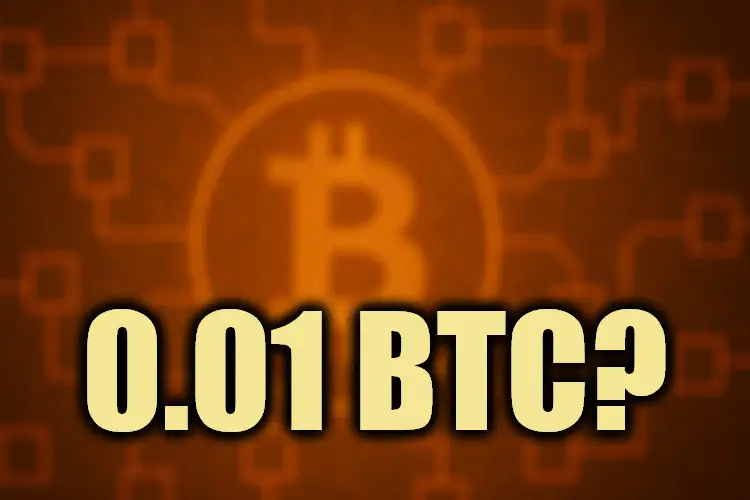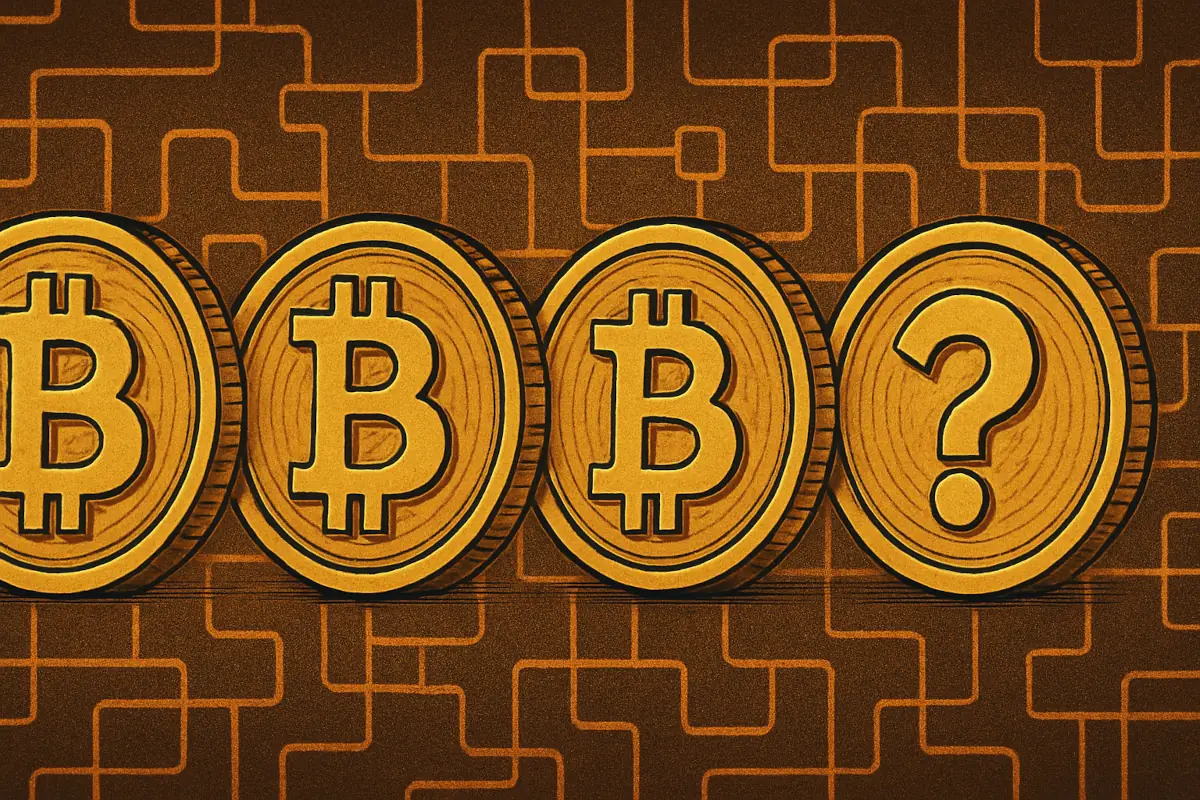Cryptocurrencies have changed since the introduction of Bitcoin in 2009, but older tokens still maintain a strong presence. Litecoin, created in 2011, followed closely and adopted many features from Bitcoin with some technical tweaks.
Despite the arrival of thousands of digital coins since then, Bitcoin and Litecoin remain two of the most widely recognized. Though they serve similar functions in the crypto world, both coins have specific characteristics that set them apart.
Table of Contents
Bitcoin: The First Cryptocurrency
Bitcoin was created in 2009 by an anonymous developer using the pseudonym Satoshi Nakamoto. It introduced the first practical implementation of a decentralized currency system. Instead of a central bank or authority overseeing transactions, the Bitcoin network uses blockchain technology, a distributed public ledger that records every transaction across thousands of nodes.
The system relies on a Proof-of-Work (PoW) model. To validate transactions and add new blocks to the chain, miners compete by solving mathematical puzzles, consuming significant computing power. Successful miners are rewarded with Bitcoin. Initially, the reward was 50 BTC, but for every 210,000 blocks, the reward halves – a process known as halving.
Bitcoin has a fixed supply limit of 21 million coins, projected to be fully mined around the year 2140. This limited supply is designed to prevent inflation and create scarcity. Bitcoin’s main use cases include being a store of value, a tool for digital transactions, and a medium for international remittances. It is widely accepted by both large retailers and niche sellers for payment purposes.
Read also: What Happens When All Bitcoins Are Mined?
Litecoin: A Faster, Cheaper Alternative
Litecoin was launched in 2011 by Charlie Lee, a former Google engineer. While inspired by Bitcoin, it was developed to offer faster and cheaper transactions, making it more practical for everyday use. Like Bitcoin, Litecoin operates as a decentralized cryptocurrency and uses a public ledger to record transactions.
It also follows the PoW model but with a major distinction: it uses the Scrypt algorithm instead of SHA-256. This choice made mining Litecoin more accessible with standard computer hardware in its early days, promoting wider distribution. The network confirms transactions roughly every 2.5 minutes – four times faster than Bitcoin’s 10-minute block interval.
Litecoin has a larger total coin supply, capped at 84 million. Its halving events occur every 840,000 blocks (roughly every four years, just like with Bitcoin) and follow the same principle of reducing miner rewards to control inflation and maintain scarcity.
Similarities Between Bitcoin and Litecoin
Despite their differences, the foundations of both Bitcoin and Litecoin share many similarities. Both are decentralized digital currencies with no single authority controlling them. Their transaction records are kept on public ledgers called blockchains, and both use the PoW system to secure their networks.
Both have fixed supply limits – 21 million for Bitcoin and 84 million for Litecoin. These caps are essential for managing inflation and sustaining long-term value. They also undergo halving events at set intervals to regulate the release of new coins into circulation, which influences price dynamics.
Miners on both networks are rewarded for verifying transactions, although the specific algorithms differ. Another shared element is the public and open-source nature of their codebases, allowing developers worldwide to review and suggest improvements.
Wallet compatibility and exchange support are also similar. Many crypto wallets and trading platforms support both coins. Addresses used for receiving and sending funds differ in appearance but function the same way. Both currencies are also accepted by various merchants and services.
Store of Value vs. Everyday Spending
Bitcoin is primarily viewed as a store of value, often compared to gold in the financial world. It is the most recognized and widely adopted cryptocurrency. Its network security is unmatched due to its enormous hash rate, making it a preferred choice for high-value transfers and investments.
Litecoin, in contrast, focuses more on everyday usage. Its lower fees and faster transaction times make it suitable for daily spending and small payments. Services like G2A.com and Travala accept Litecoin, and many users utilize LTC for micropayments or purchasing low-cost digital items.
Another aspect is trading and liquidity. Bitcoin enjoys a higher trading volume and market capitalization, making it easier to exchange for other assets or fiat currencies. Litecoin is less liquid in comparison, but remains supported on all major exchanges.
Bitcoin Halving vs. Litecoin Rewards
As mentioned, Bitcoin and Litecoin both operate on proof-of-work consensus models, which require miners to solve cryptographic problems to validate transactions. The reward system distributes new coins and transaction fees to miners who successfully add blocks to the chain.
One advantage Litecoin offers is merge-mining with Dogecoin. This setup allows miners to earn rewards from both blockchains without compromising supply integrity. It creates a shared security model and offers additional income to miners.
Read also: Which Cryptos Have Halving? Bitcoin Isn’t the Only One
Bitcoin (7 TPS) vs Litecoin (54 TPS)
Scalability remains a challenge for both Bitcoin and Litecoin. Bitcoin’s network can handle about seven transactions per second, far below the capacity of global payment processors like Visa. Litecoin performs better, averaging about 54 transactions per second, but still trails behind newer blockchain platforms.
The limitations of PoW consensus systems make scaling difficult. Both projects have considered or implemented second-layer solutions to improve performance. Bitcoin uses the Lightning Network to facilitate faster payments, while Litecoin has its own version of Lightning for similar purposes.
Network fees and processing times often spike during periods of high usage. Bitcoin users may experience delays or high costs during such times, while Litecoin’s network remains more stable, handling congestion better due to its faster block rate.
Final Thoughts
Bitcoin continues to hold the top position in terms of market capitalization, adoption, and institutional interest. Its limited supply and long-standing presence have built strong trust among investors. Large companies and global brands accept it, making it a central player in the digital asset ecosystem.
Litecoin, while less prominent, serves an important role in transactional use. Its speed and cost-effectiveness make it suitable for practical spending. Though not as widely accepted as Bitcoin, it still holds a place in the portfolios of users who prefer faster, smaller transactions.
Read also: Is Litecoin the Next Cryptocurrency to Get an ETF?




